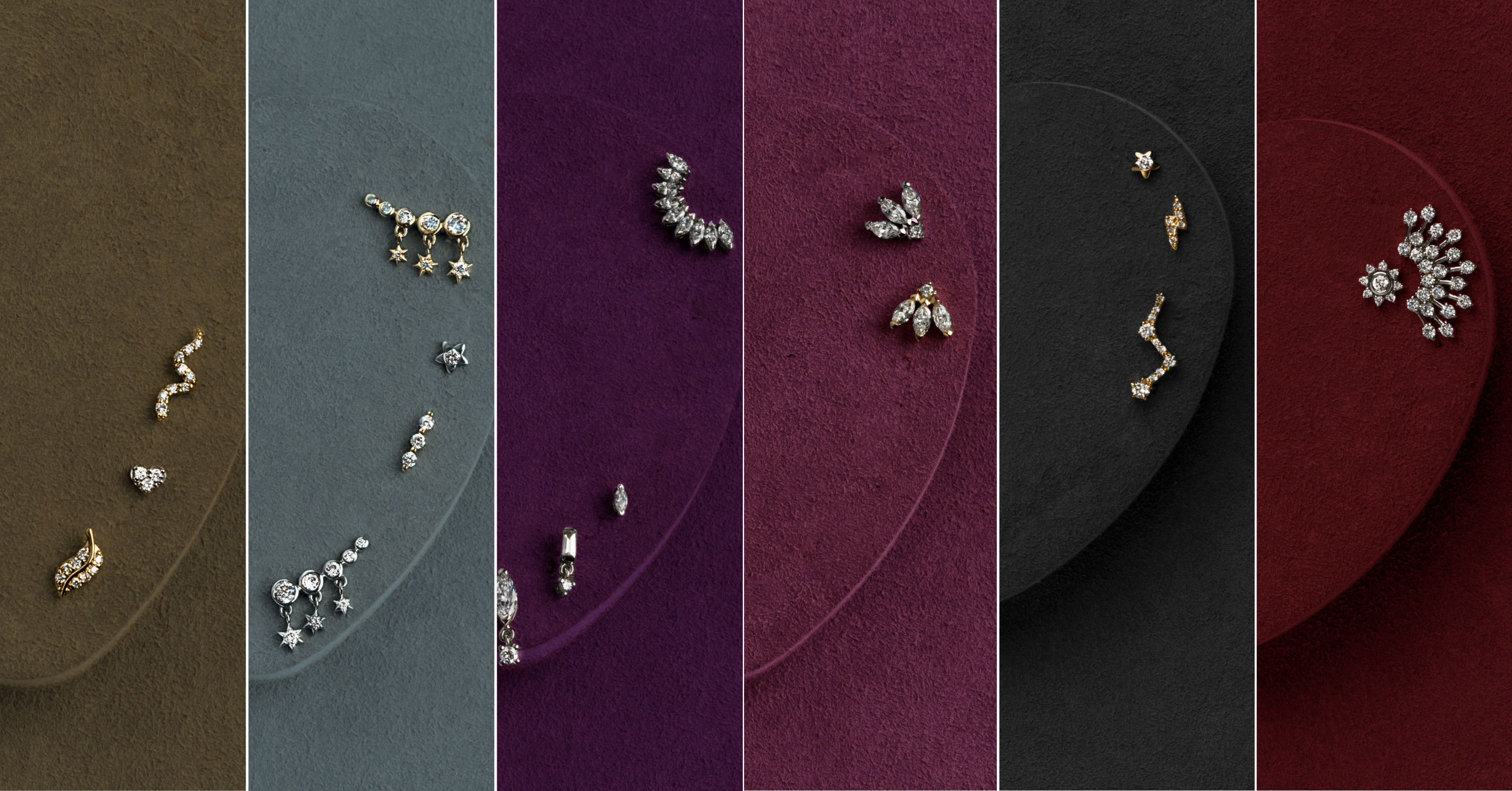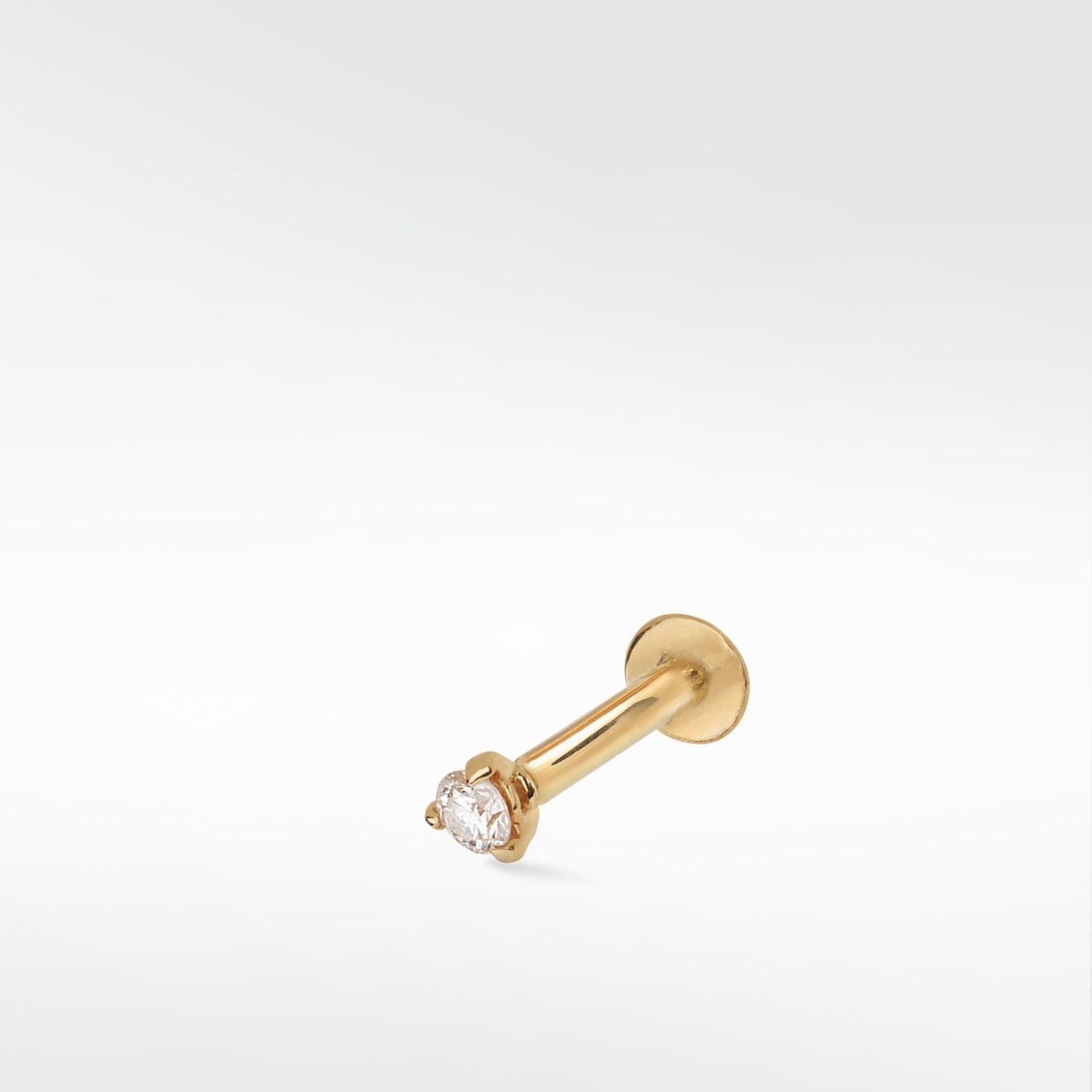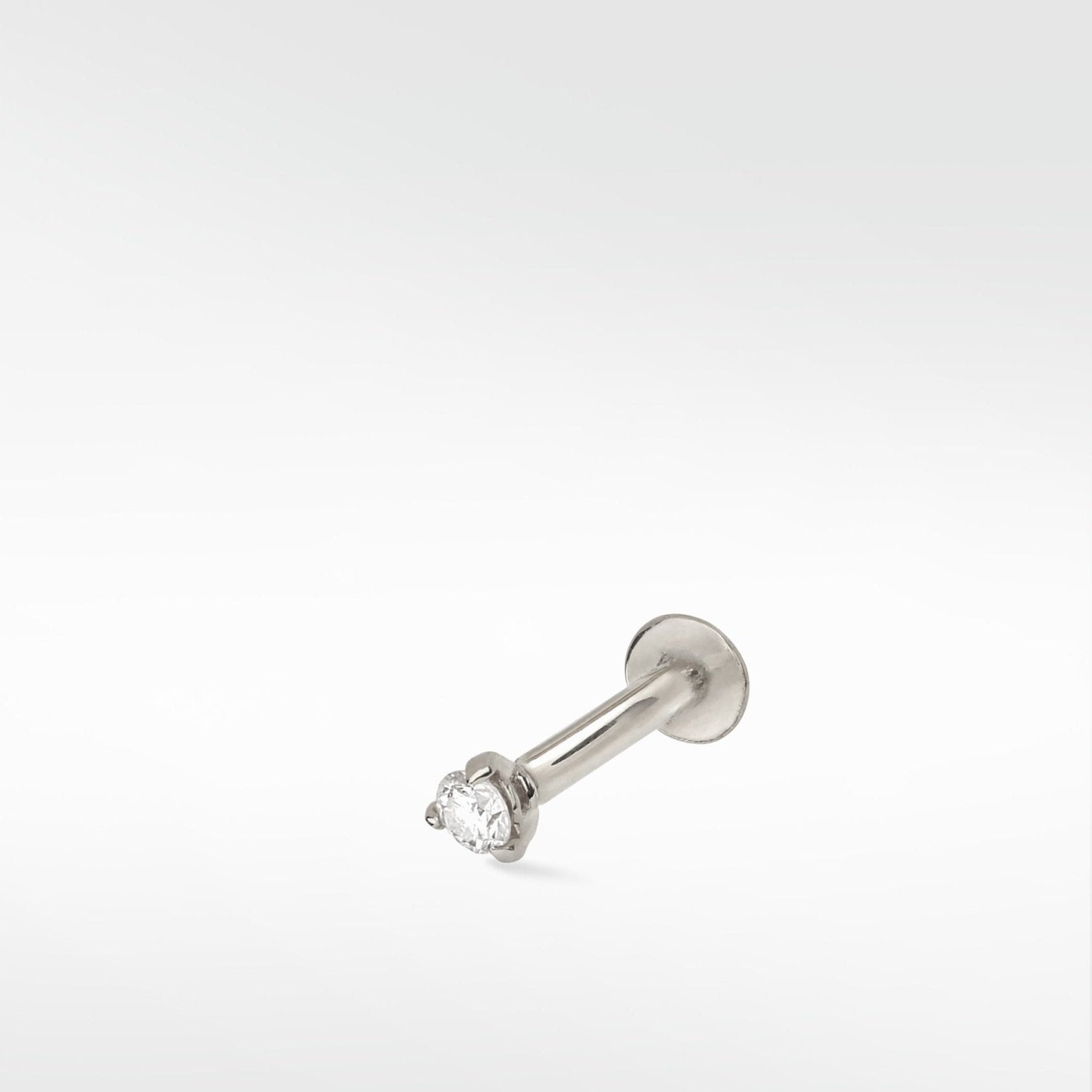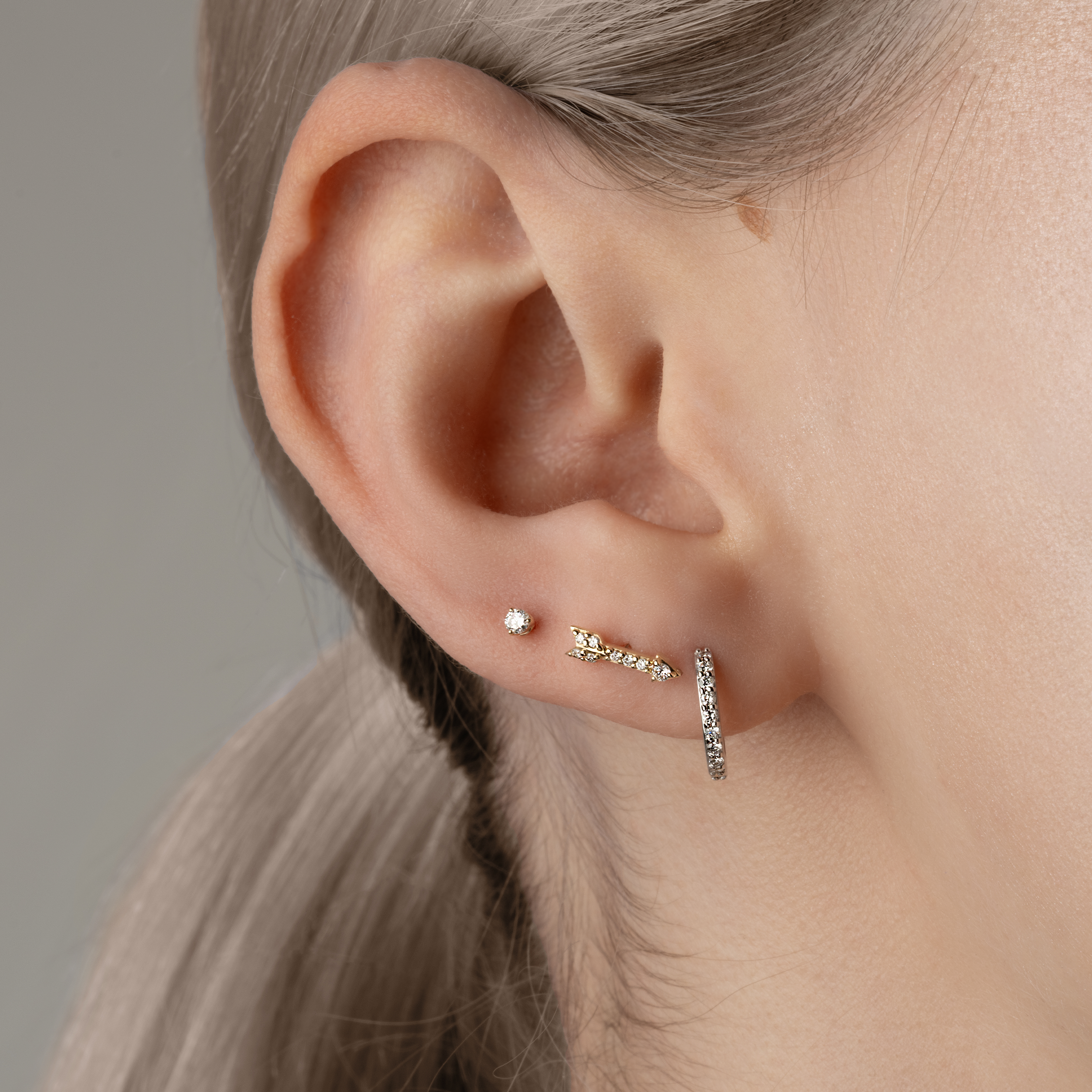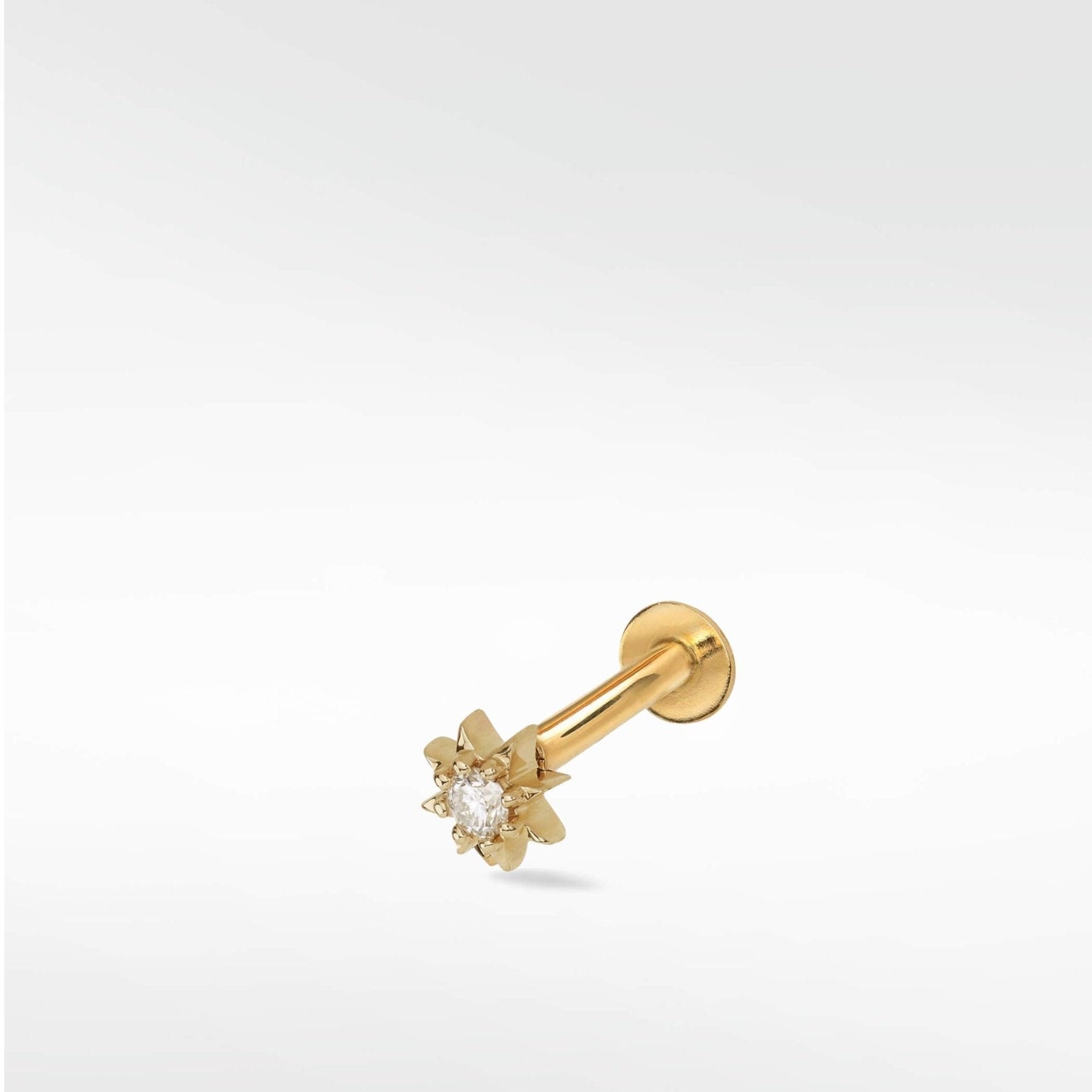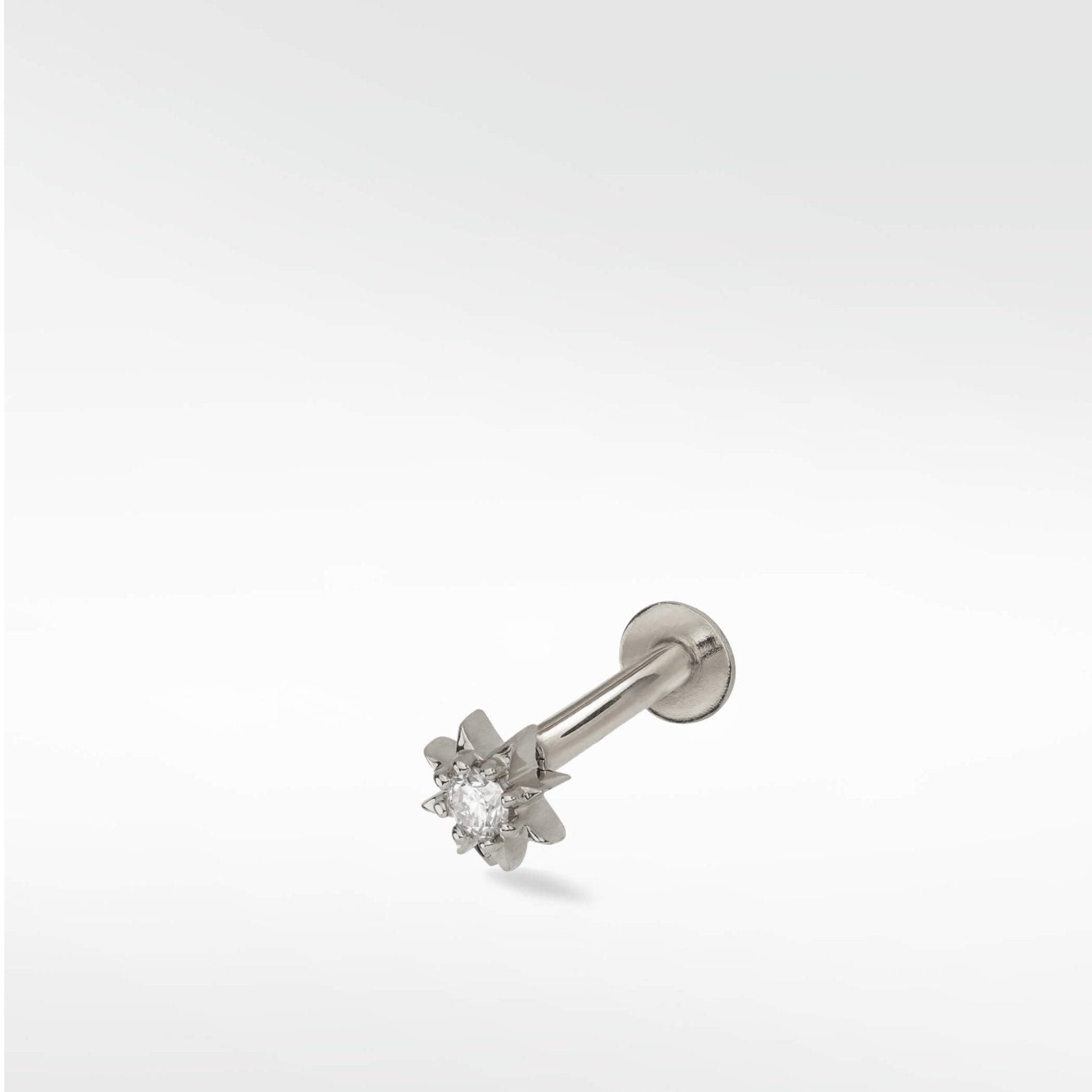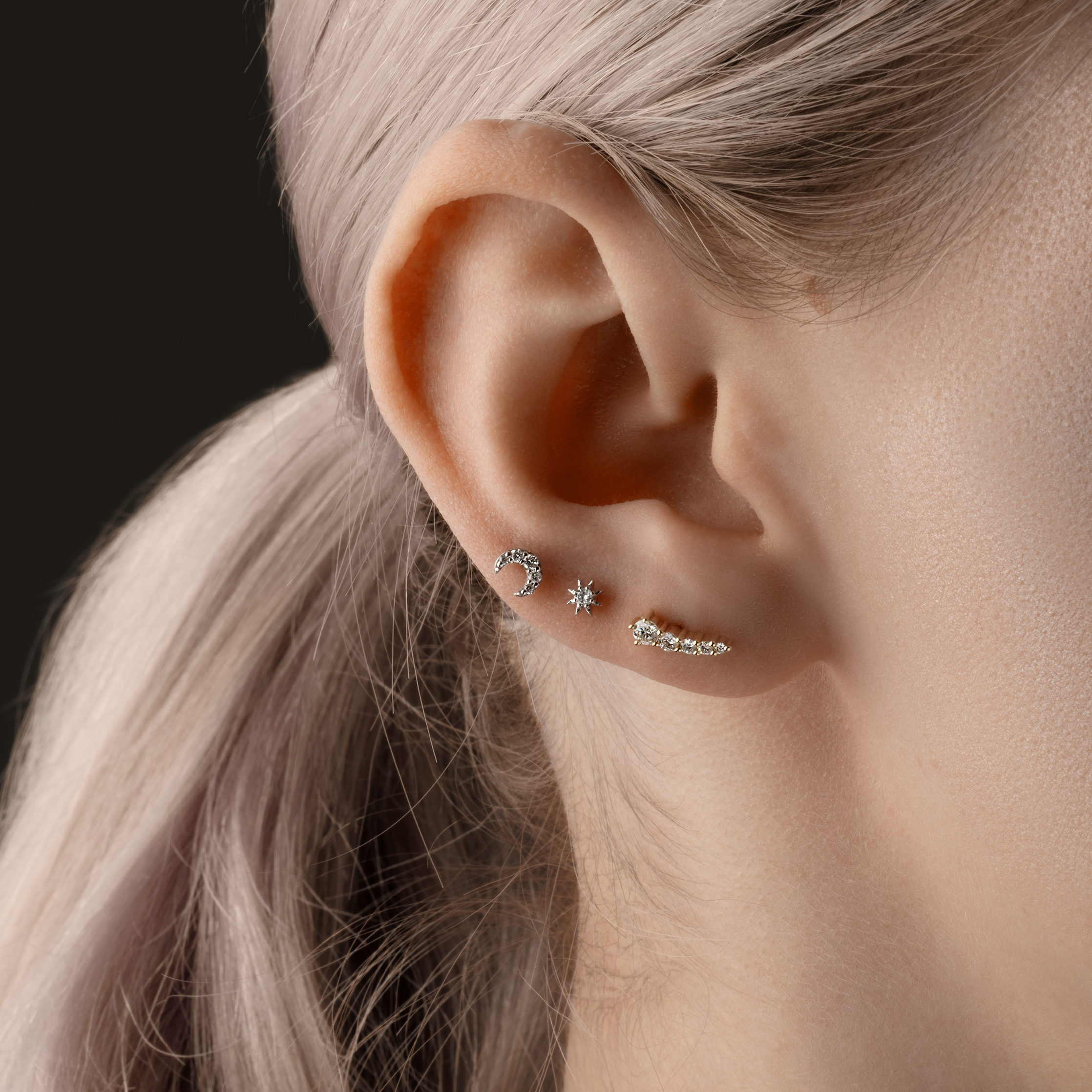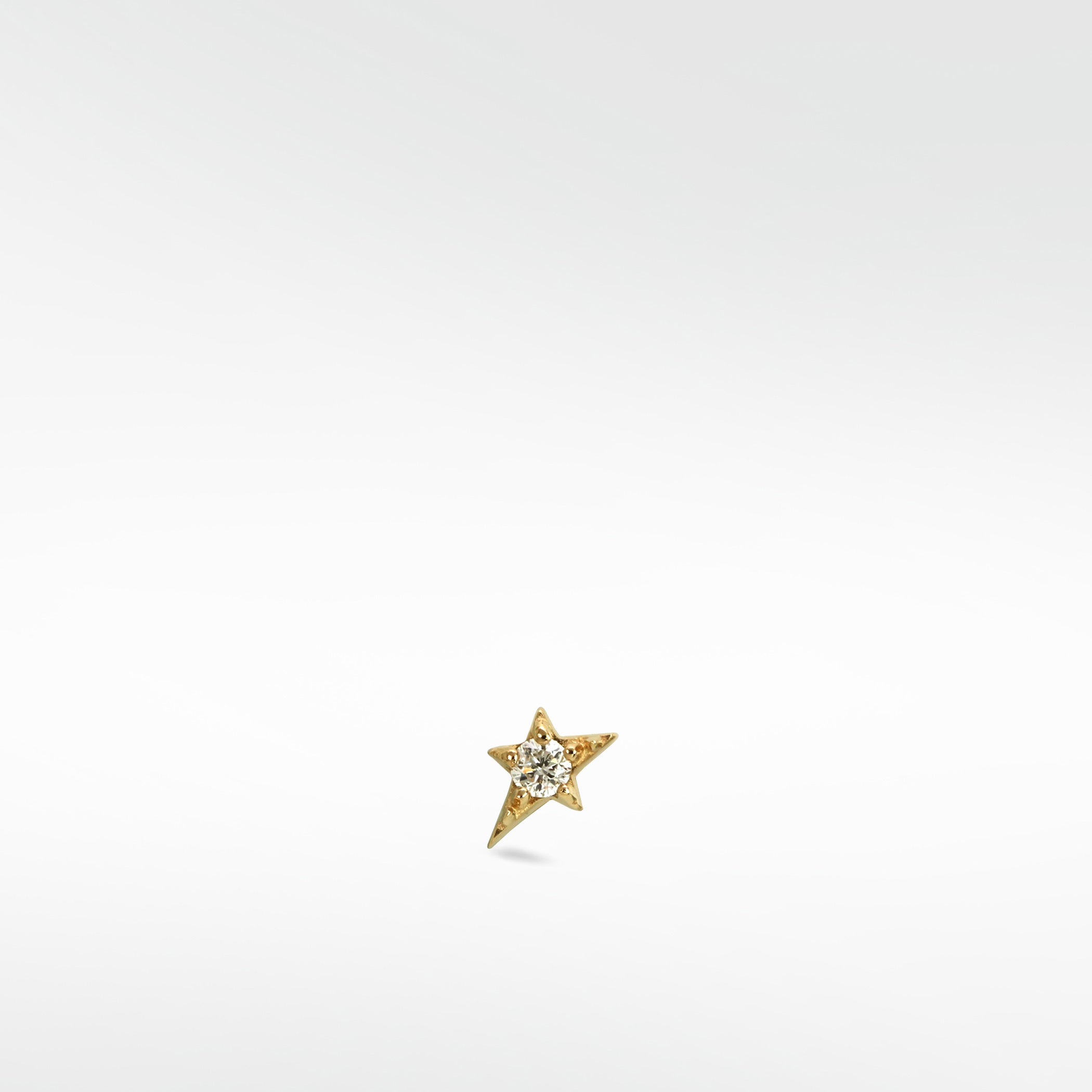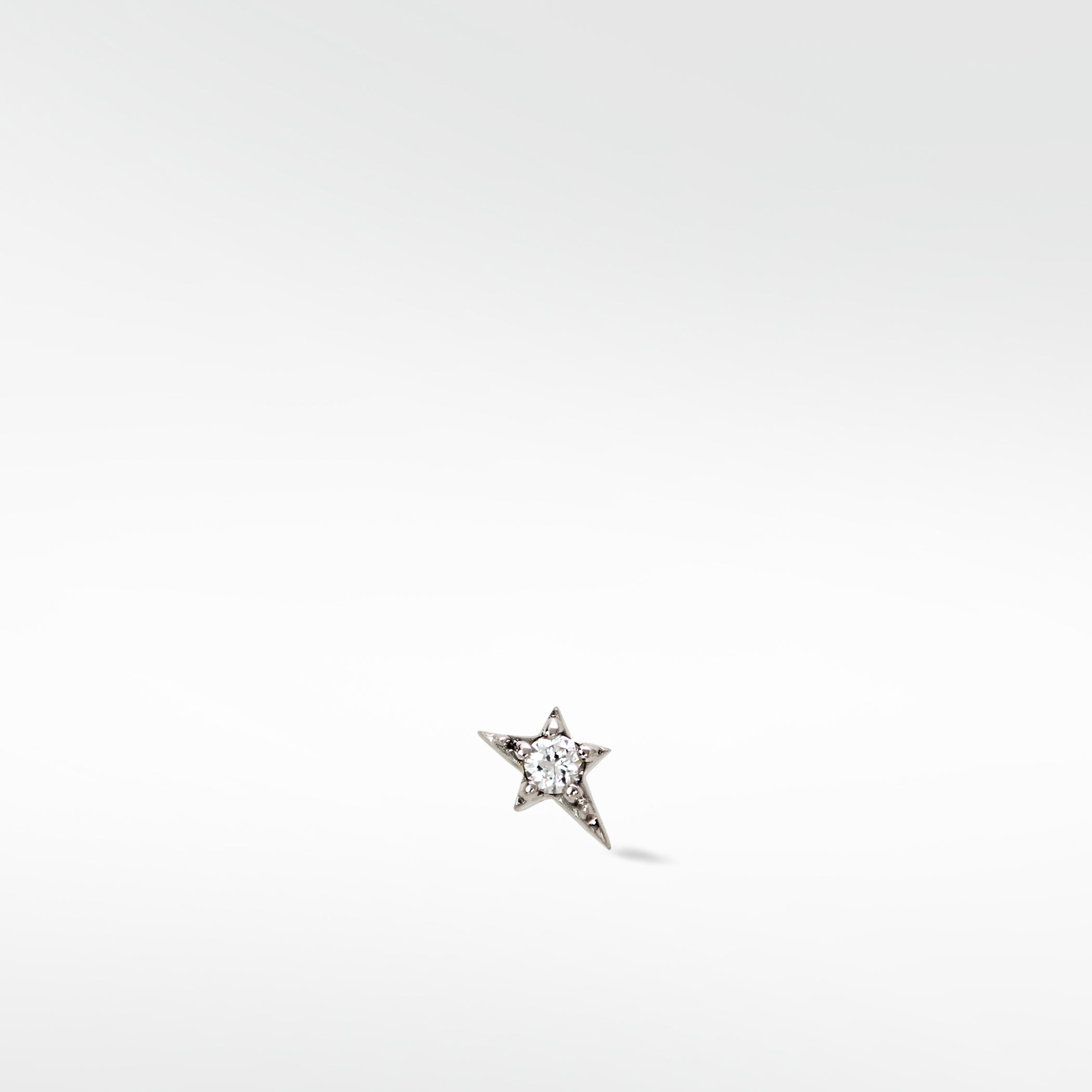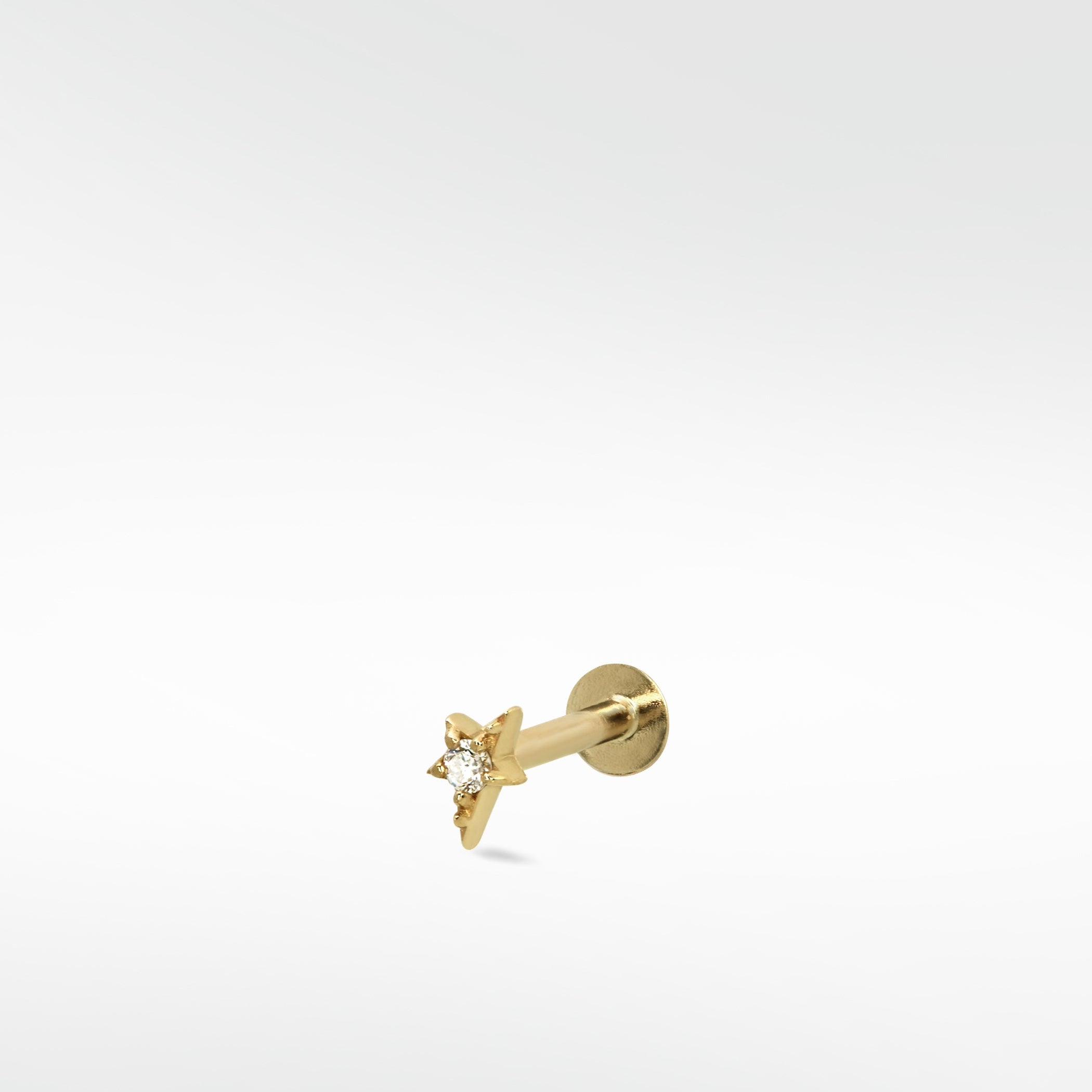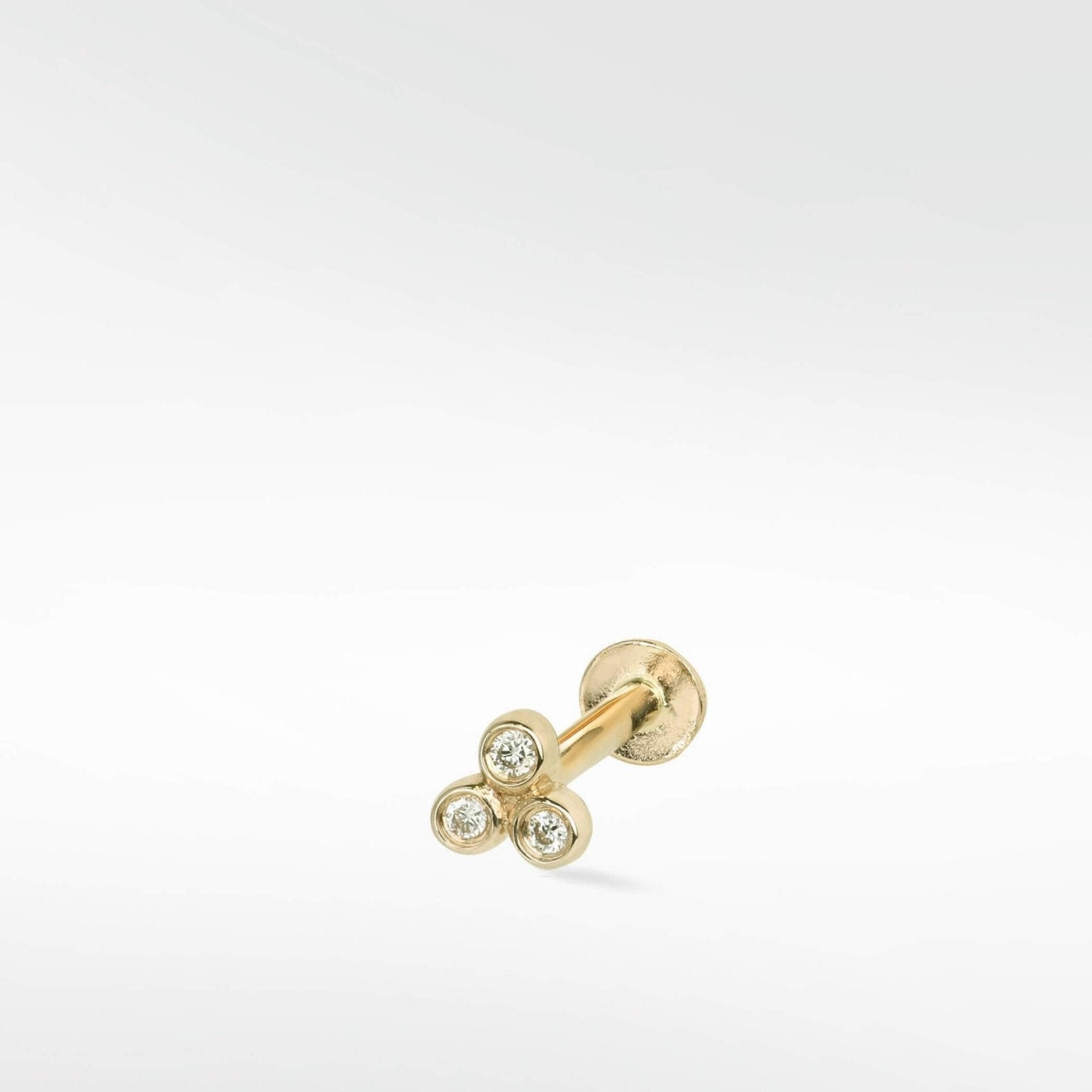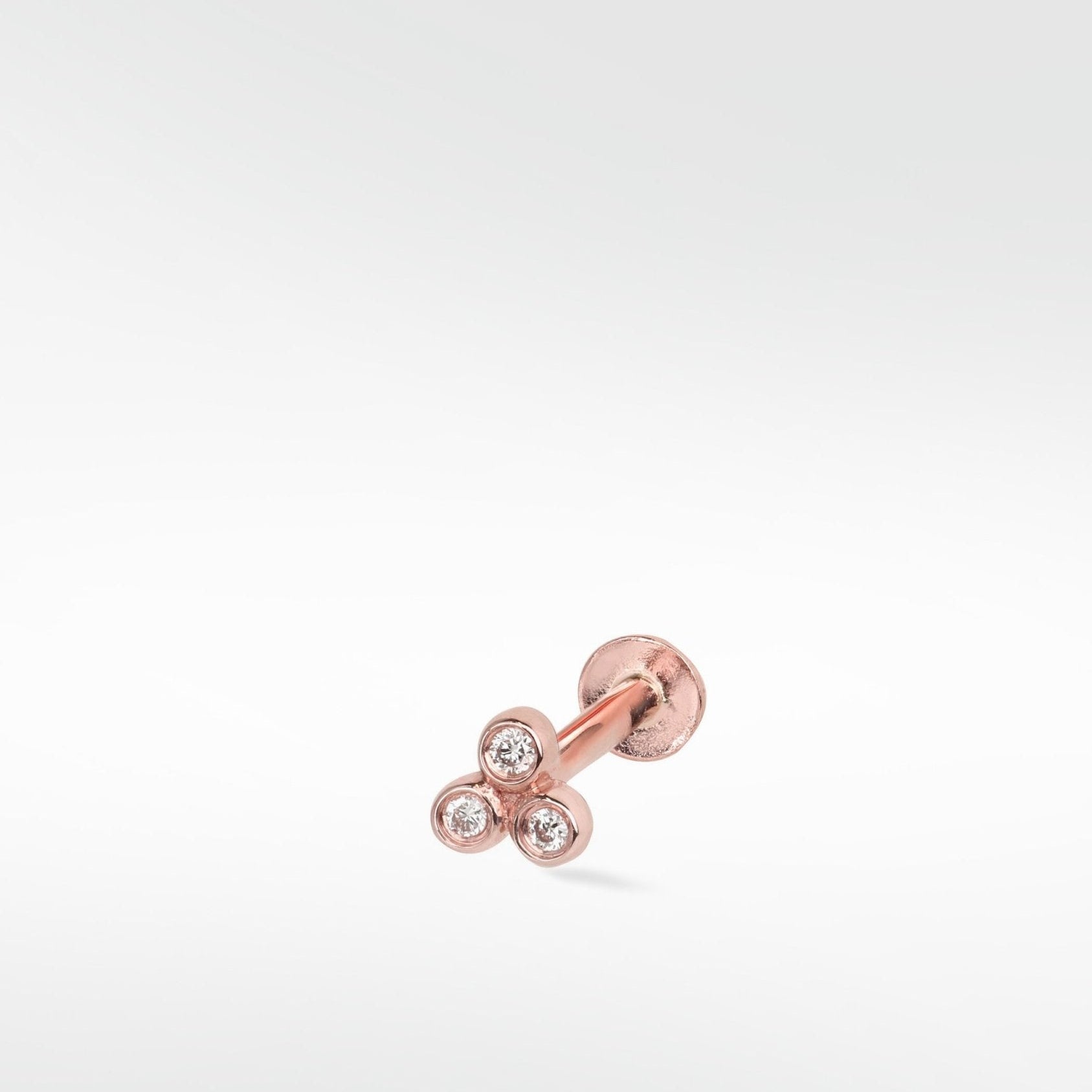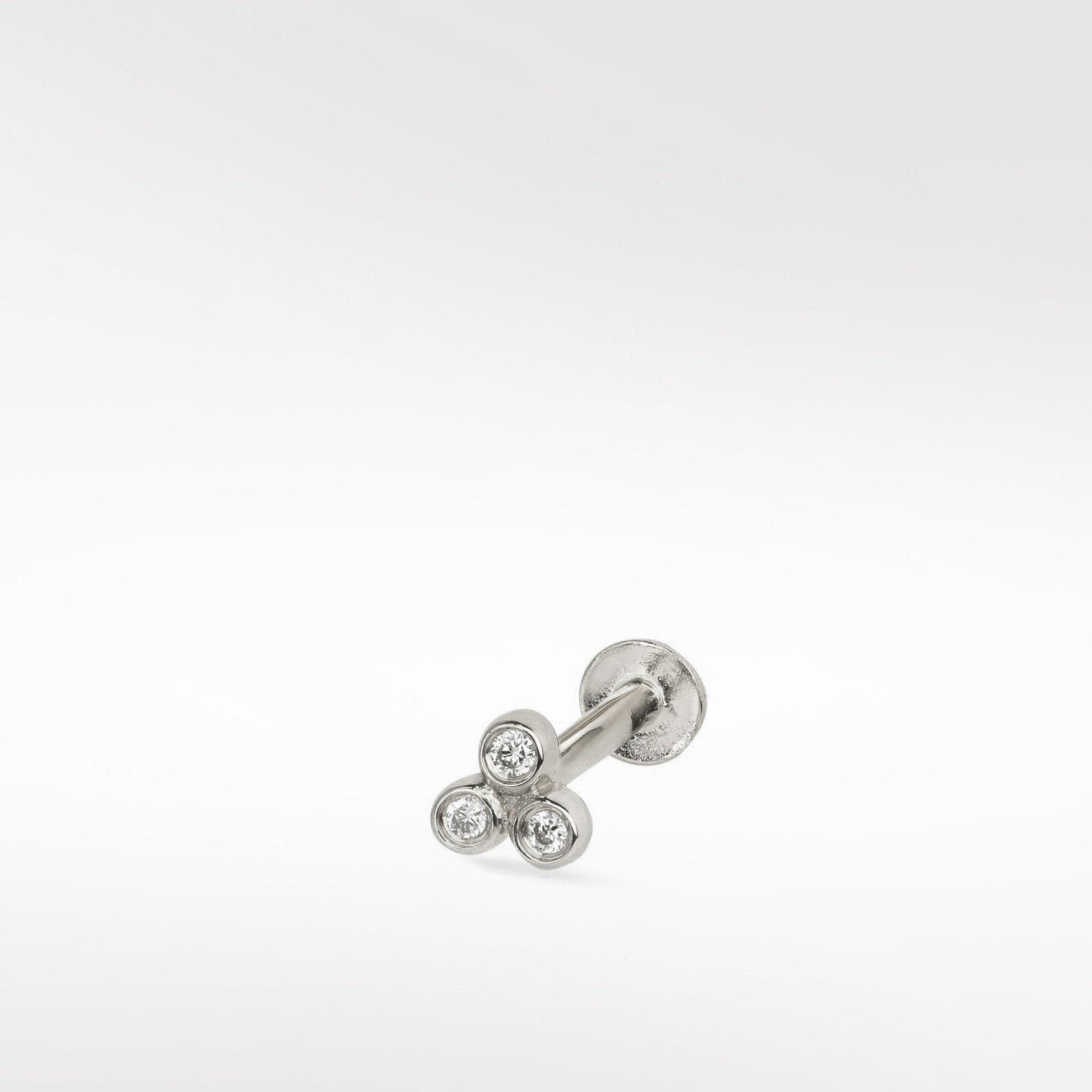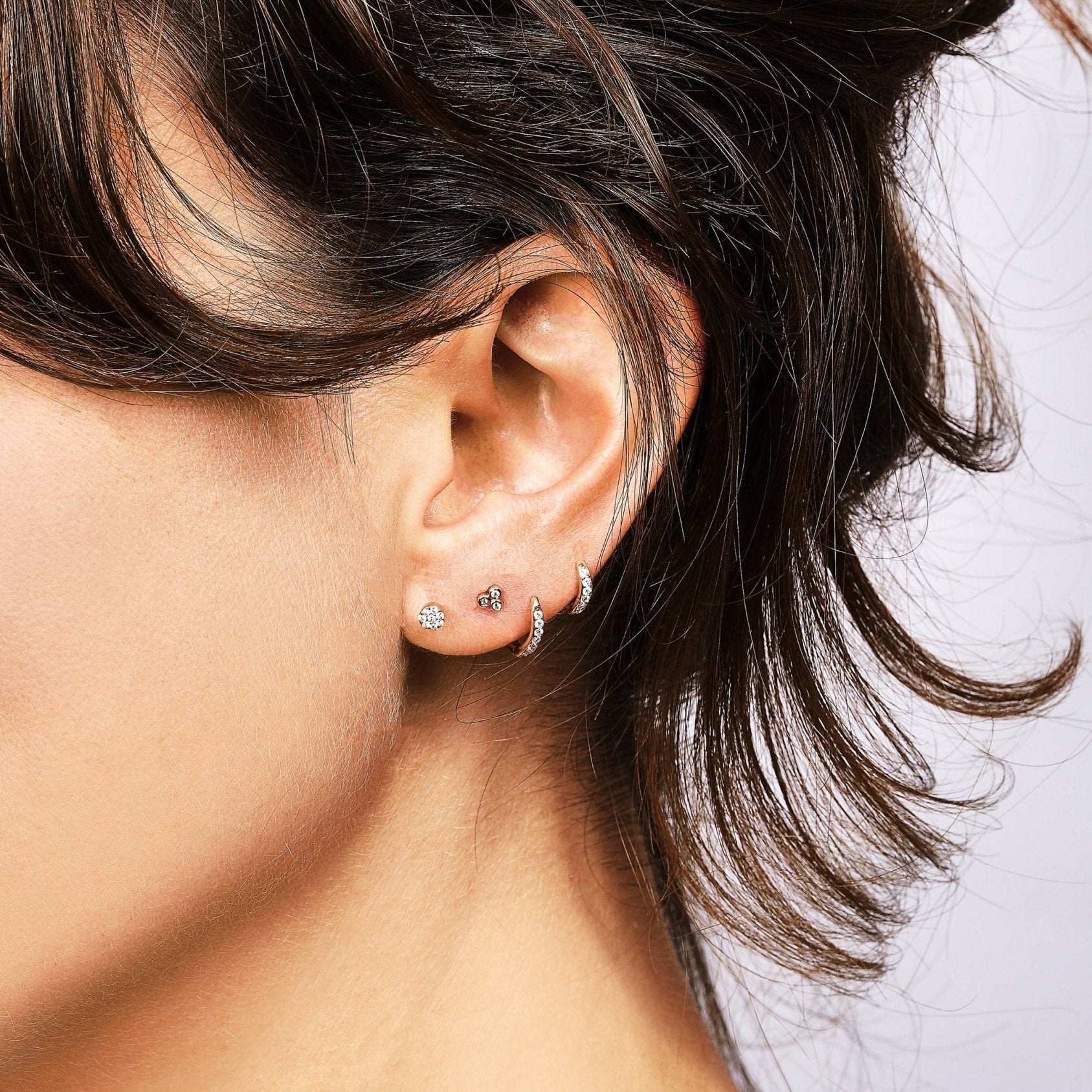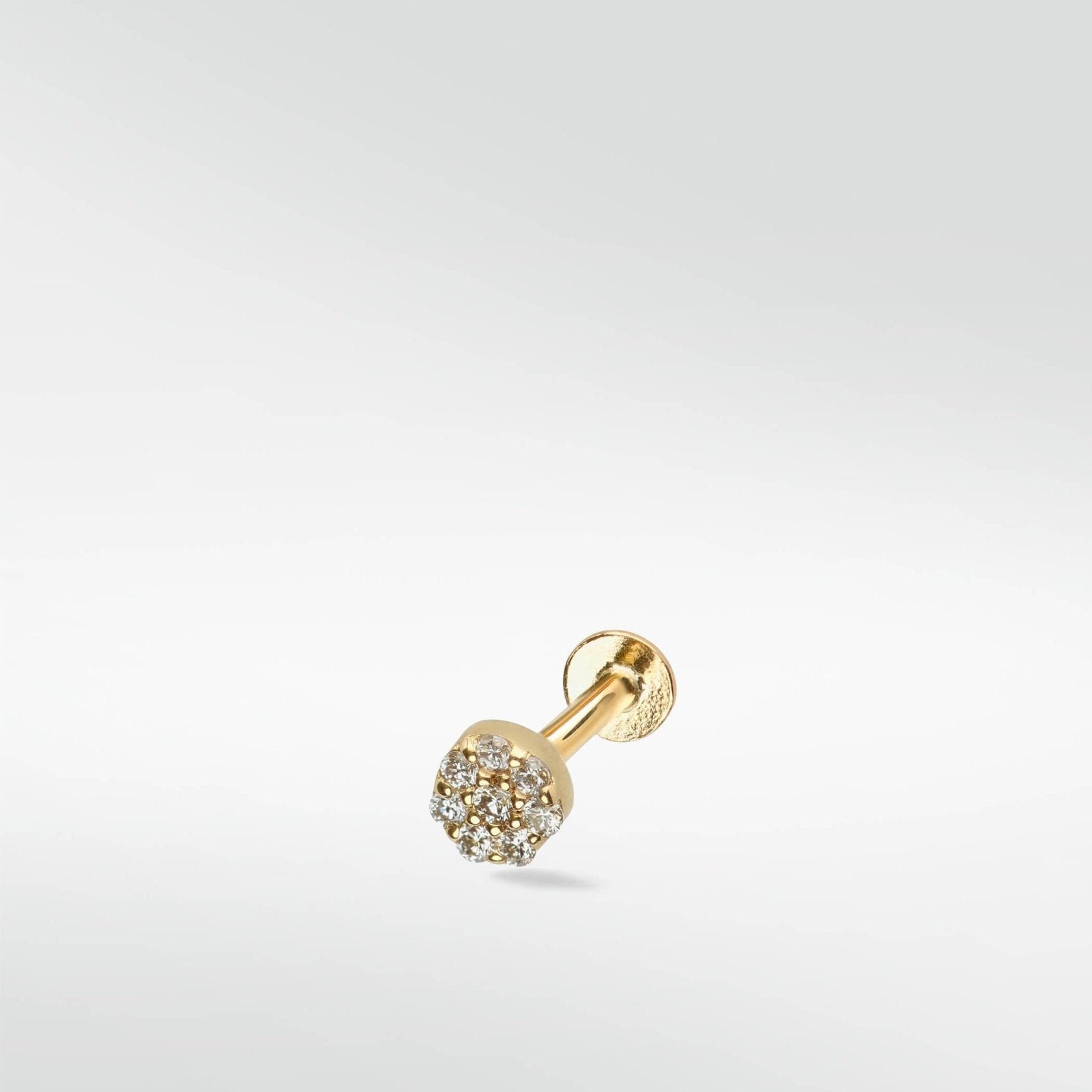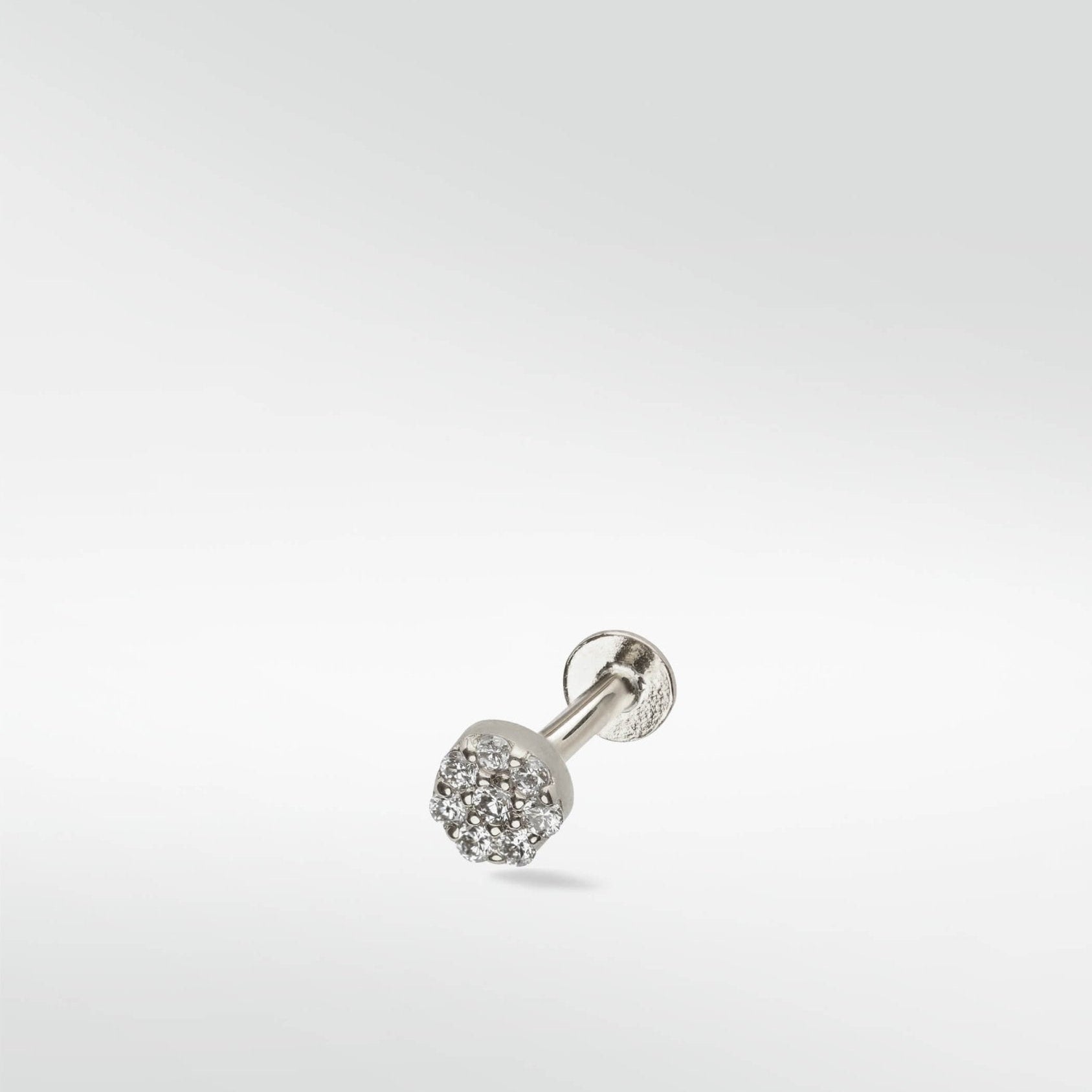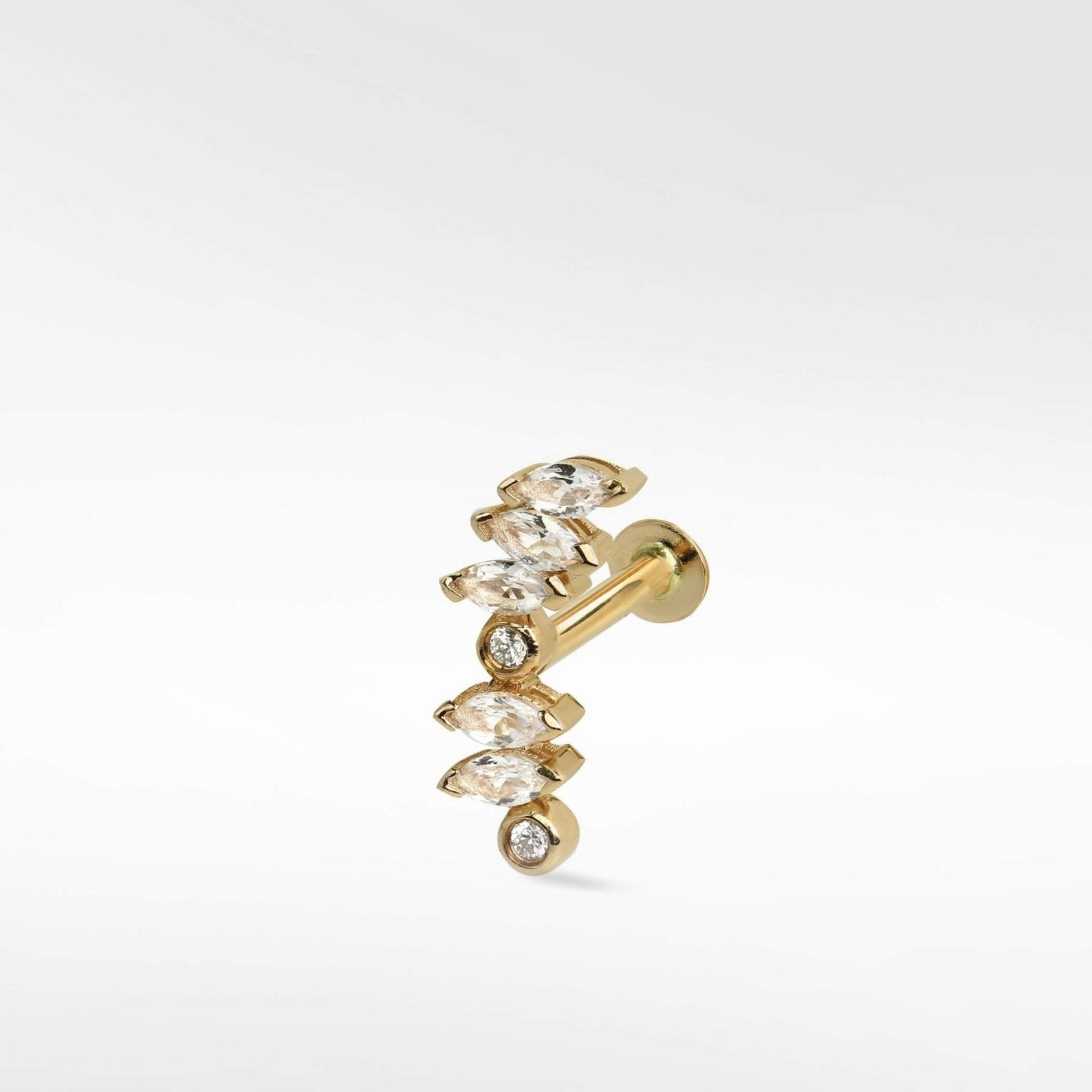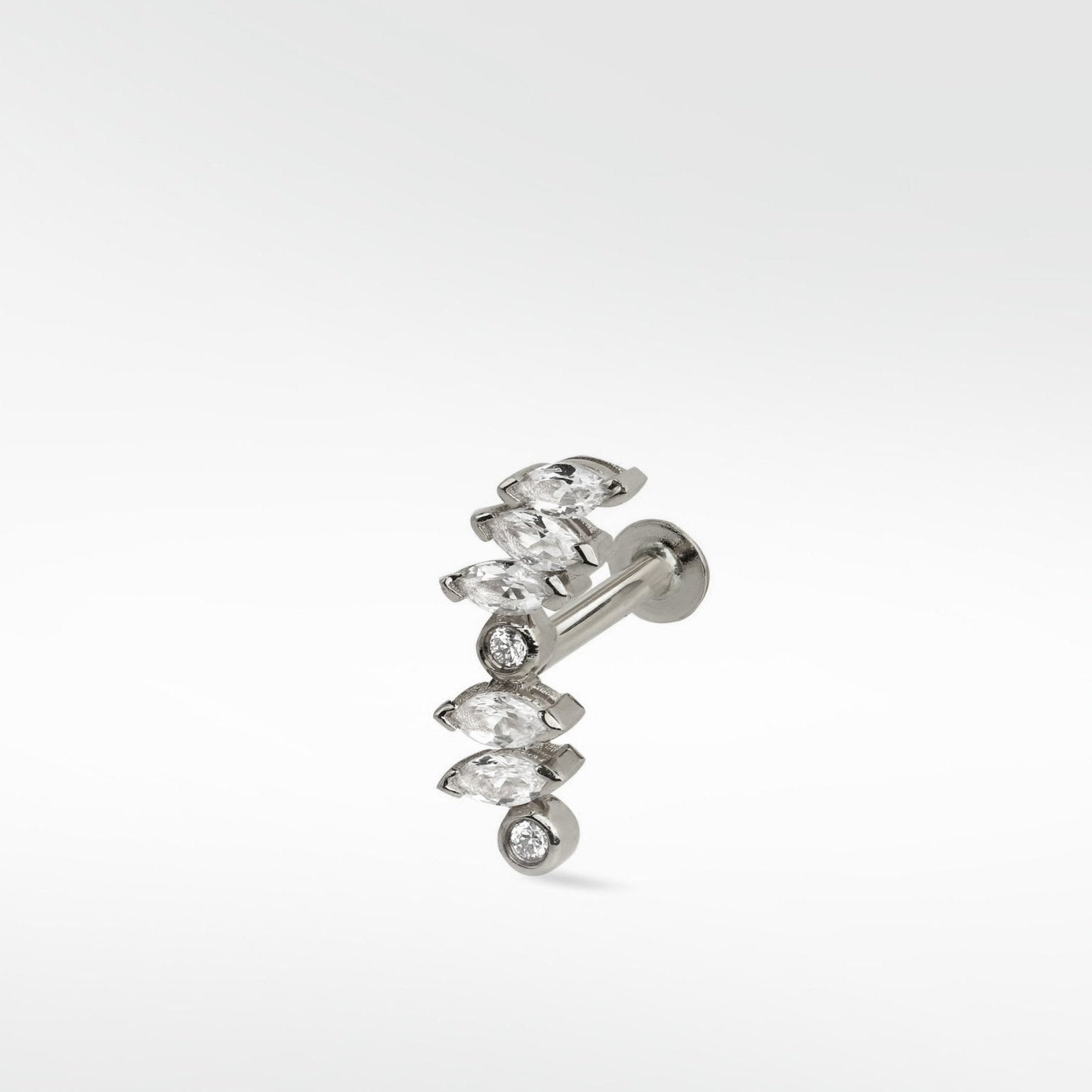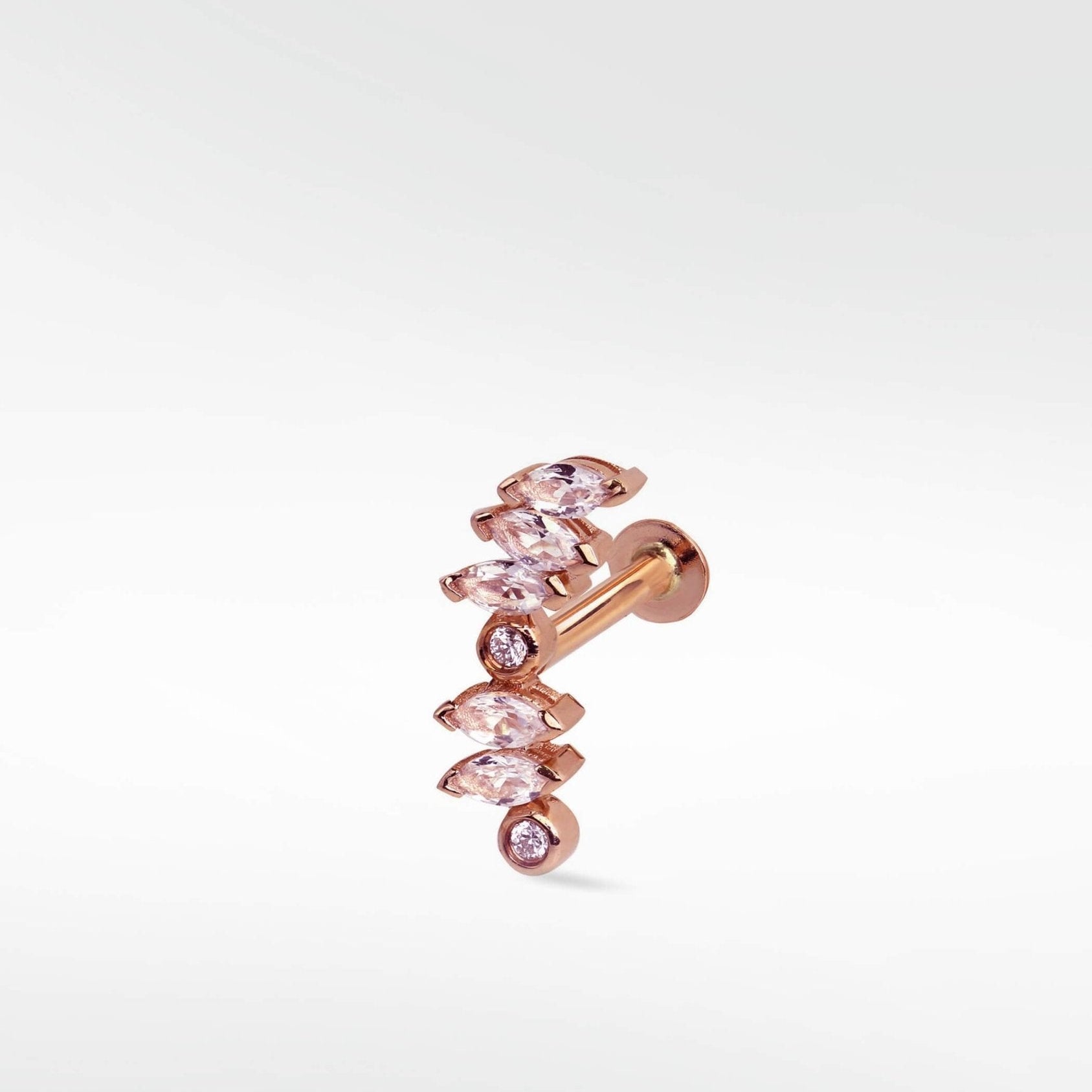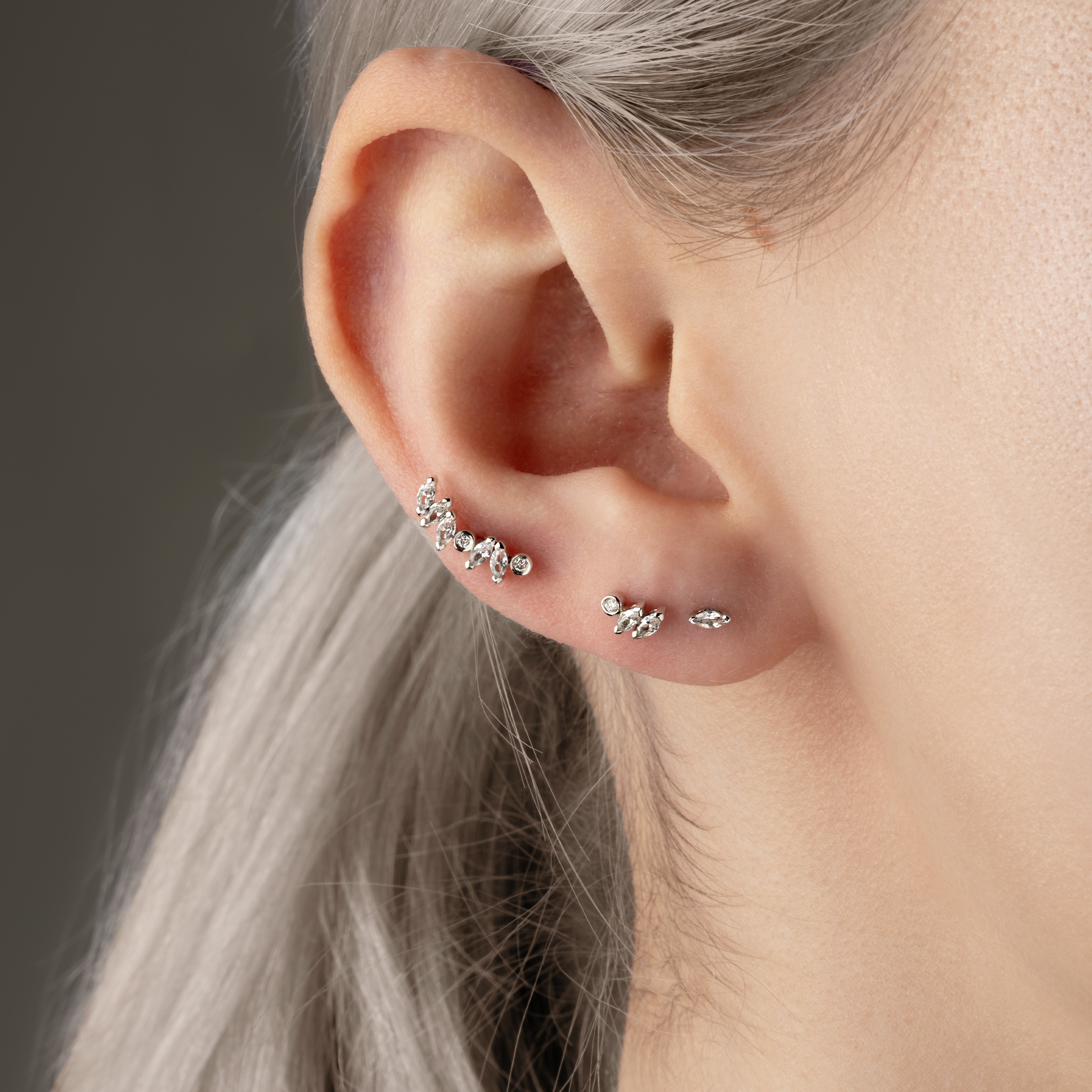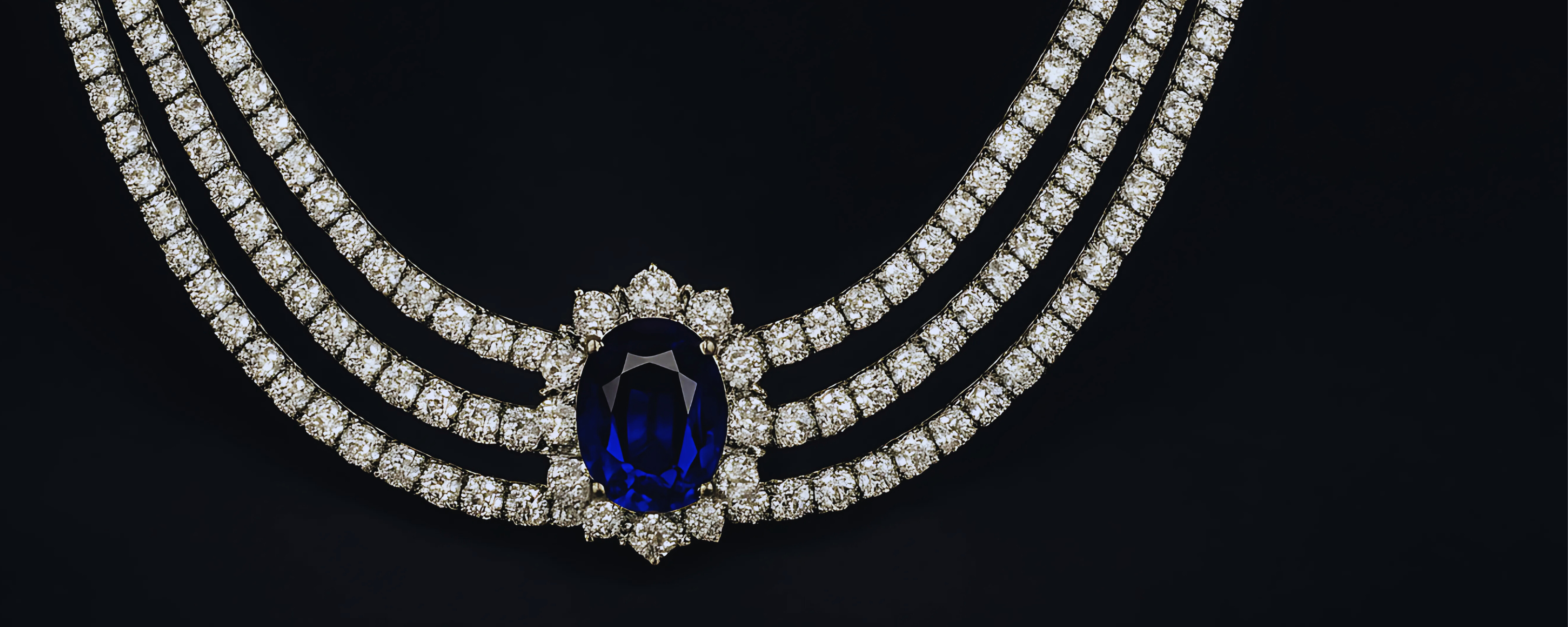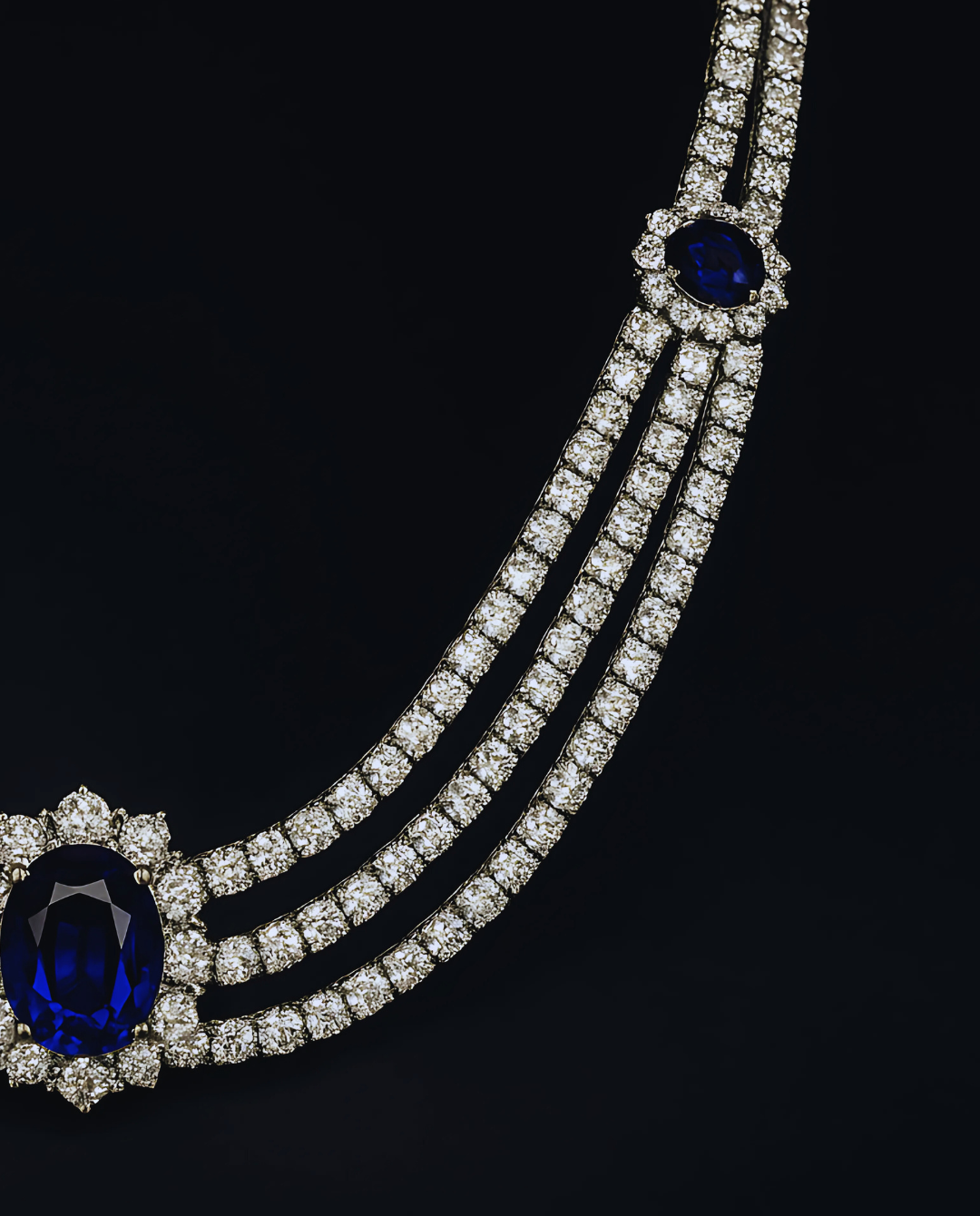Best Metals for Piercing Jewellery: A Luxurious & Safe Choice
Guiding you through the finest hypoallergenic materials for your initial and healed piercings, with a focus on the elegance of 14k gold by Lark & Berry. For further questions, explore our Piercing FAQs.
Why the Right Metal Matters for Your Piercing
Choosing your piercing jewellery is an exciting part of expressing your style, but the metal it is crafted from is paramount, especially for new or sensitive piercings. The correct material ensures a comfortable healing process, minimises the risk of allergic reactions or irritation, and preserves the beauty of your adornment for years to come. At Lark & Berry, we prioritise both the aesthetic allure and the biocompatibility of our fine piercing jewellery, ensuring every piece meets the highest standards of quality and safety. Our aftercare guidance also complements the use of high-quality metals.
Understanding Key Jewellery Terms
Navigating the world of piercing jewellery can involve some specialised terminology. Here are a few key terms to understand:
- Hypoallergenic: This term means a material is less likely to cause an allergic reaction. However, it is not a regulated term, so it is crucial to know the specific metal composition.
- Biocompatible: A biocompatible material is one that can coexist peacefully with body tissues without causing harm or adverse reactions. This is essential for anything placed within the body, including piercing jewellery.
- Implant-Grade: This designation is given to materials that meet stringent standards for use in surgical implants (e.g., ASTM F-136 for titanium or ASTM F-138 for steel). These are generally considered the safest options, particularly for initial piercings.
- Nickel-Free: This indicates that the metal or alloy does not contain nickel, a common allergen for many individuals when it comes to jewellery.
14k Gold: The Lark & Berry Standard for Fine Piercing Jewellery
At Lark & Berry, our piercing jewellery is predominantly crafted from solid 14 karat gold. This choice is deliberate, reflecting our commitment to providing you with pieces that are not only exquisitely beautiful but also offer an excellent balance of purity, durability, and biocompatibility for your piercings. Crucially, all our gold jewellery, including our white gold, is entirely nickel-free, ensuring a safer experience for even sensitive skin.
Advantages of 14k Gold for Piercings:
- Optimal Purity & Durability: 14k gold consists of 58.3% pure gold, alloyed with other metals to enhance its strength. This makes it robust enough for the delicate designs of piercing jewellery and everyday wear, more so than higher karats like 18k or 22k which are softer.
- Hypoallergenic & Nickel-Free: As all Lark & Berry 14k gold is nickel-free, it is exceptionally well-tolerated by most individuals. This makes it an excellent choice for both initial and fully healed piercings, minimising the risk of irritation.
- Luxurious Appeal & Versatility: Solid 14k gold offers the timeless lustre and prestige of gold. At Lark & Berry, you will find it in beautiful Yellow Gold, classic White Gold (alloyed for a bright, nickel-free finish), and warm Rose Gold, allowing for perfect coordination with your personal style and other fine jewellery.
- Tarnish Resistance: Compared to lower karat golds or gold-plated items, solid 14k gold is significantly more resistant to tarnishing, ensuring your piercing jewellery maintains its brilliance.
Why 14k over 18k for Piercings? Whilst we adore 18k gold for many of our fine earring collections due to its higher gold content and richer colour, for the specific demands of piercing jewellery (especially studs and intricate shapes that require more rigidity and durability), 14k gold often provides a superior balance. It offers enhanced strength, making it less prone to bending or scratching in these delicate applications, whilst still providing the luxurious feel and hypoallergenic, nickel-free properties desired for fine body jewellery.
Explore our 14k gold piercing jewellery collection to see the quality and craftsmanship firsthand, or book an appointment to discuss your options with our specialists.
Comparing Other High-Quality Metals
Whilst 14k gold is our preferred choice for its fine jewellery qualities, other high-quality metals are also recognised for their suitability in body piercings:
Implant-Grade Titanium: The Hypoallergenic Powerhouse
Titanium, specifically implant-grade (ASTM F-136 or F-67), is highly favoured in the piercing community. It is exceptionally biocompatible, lightweight, and entirely nickel-free, making it an excellent choice for individuals with extreme sensitivities or during the initial healing phase of a new piercing.
- Pros: Extremely hypoallergenic, strong yet light, can be anodised to achieve various colours.
- Cons: The aesthetic is more industrial than the classic luxury of gold; anodised colours may not appeal to everyone seeking a traditional fine jewellery look.
Platinum: The Premium & Durable Option
Platinum is a dense, durable, and prestigious precious metal. It is naturally white, requiring no plating, and is highly biocompatible and nickel-free.
- Pros: Excellent biocompatibility, very strong, maintains its white sheen.
- Cons: Significantly more expensive than gold or titanium, and its weight can be noticeable in larger pieces.
Niobium: A Colourful & Biocompatible Choice
Similar to titanium, niobium is an elemental metal that is highly biocompatible, nickel-free, and can be anodised to produce a spectrum of vibrant colours. It is often used by individuals with metal sensitivities.
- Pros: Excellent biocompatibility, wide range of bright anodised colours.
- Cons: Not as commonly found in mainstream fine jewellery piercing collections; the aesthetic is distinct from traditional precious metals.
Metals to Approach with Caution or Avoid for Initial Piercings
Not all metals are created equal when it comes to body piercings, especially during the crucial healing period.
Surgical Steel: Understanding the Variations
The term "surgical steel" can be misleading as it covers various grades. Whilst implant-grade surgical steel (e.g., ASTM F-138, 316LVM) is designed for medical implants, it still contains nickel. Many people can wear it without issue once healed, but it can cause reactions in nickel-sensitive individuals, even in its higher grades. For initial piercings, options like Lark & Berry's nickel-free 14k gold or implant-grade titanium are generally preferred for their superior biocompatibility, especially where the focus is on fine jewellery.
Sterling Silver: Not for New or Healing Piercings
Sterling silver (92.5% silver) is a popular choice for regular jewellery but is unsuitable for new or unhealed piercings. It can oxidise (tarnish) when exposed to body fluids and air, and this tarnish can be absorbed into the skin, potentially causing permanent blackening of the piercing site (a condition known as argyria). It may be worn in fully healed piercings by some, but care must be taken. For more information on jewellery care, see our cleaning guide.
Plated Jewellery & Unidentified Metals: Best Avoided
Gold-plated, gold-filled, or jewellery made from unspecified base metals should be strictly avoided for initial piercings and often for healed ones too. The plating can wear off or chip, exposing underlying metals (often containing nickel or other irritants) which can lead to allergic reactions, irritation, or infection. Always opt for solid, high-quality, nickel-free materials from trusted jewellers like Lark & Berry.
At a Glance: Comparing Popular Piercing Metals
| Metal | Hypoallergenic Potential (Nickel Content) | Best for Initial Piercing? | Appearance/Luxury Feel | Lark & Berry Piercing Focus |
|---|---|---|---|---|
| 14k Solid Gold (Yellow, White, Rose) | Excellent (Lark & Berry's are Nickel-Free) | Yes, highly recommended | High – Classic fine jewellery | Primary Choice |
| Implant-Grade Titanium (ASTM F-136) | Highest (Nickel-Free) | Yes, excellent | Modern, can be colourful (anodised) | Not our primary focus for fine jewellery aesthetic |
| Platinum (950) | Excellent (Nickel-Free) | Yes | Very High – Premium luxury | Available for bespoke requests; not standard piercing range |
| Niobium | Excellent (Nickel-Free) | Yes | Modern, vibrant colours (anodised) | Not our primary focus |
| Surgical Steel (Implant Grade ASTM F-138) | Good (Contains Nickel) | With caution; not for known nickel sensitivities | Utilitarian | Not offered |
| Sterling Silver | Poor for new piercings (can cause reactions/tarnish issues) | No (not for initial/healing) | Varies; can tarnish | Not for piercings |
Choosing Your Metal with Lark & Berry
Selecting the right metal is a significant step towards a happy and healthy piercing. Whilst options like implant-grade titanium offer excellent biocompatibility, at Lark & Berry, we believe in combining this safety with the enduring beauty and sophistication of fine jewellery. Our nickel-free, 14k solid gold piercing collection is curated to provide you with pieces that are not only safe and comfortable for long-term wear but also allow you to express your individual style with the timeless elegance that only real gold can offer. Understanding different gauge sizes and threading types can also enhance your choice.
We invite you to explore our piercing jewellery, confident that each piece is crafted with your well-being and aesthetic desires in mind. If you have any further questions about the best metal for your specific needs or sensitivities, please consult our Piercing FAQs or book a consultation with one of our piercing specialists.

